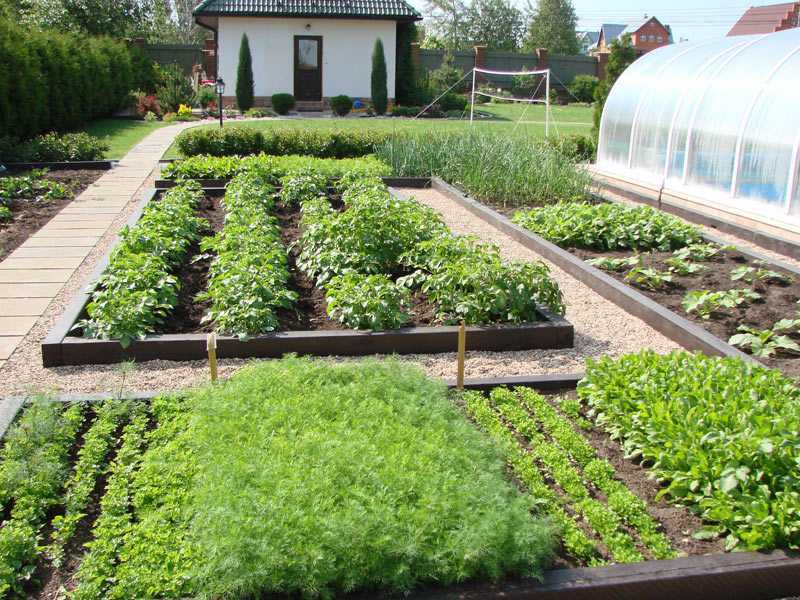Planning a driveway on a 15 acre homestead is an exciting yet critical task. The design and layout of your driveway can significantly influence the functionality and aesthetics of your homestead. A well-planned driveway can enhance your property’s accessibility, safety, and curb appeal. Whether you’re a seasoned homesteader or new to the homesteading lifestyle, understanding the essential aspects of driveway planning is crucial.
Before diving into the specifics, it’s important to consider the landscape and the purpose of your driveway. A thoughtful approach to 15 acre homestead driveway planning will ensure that your driveway meets your needs while complementing the natural beauty of your land.

Understanding Your Land
Surveying the Property
The first step in planning your driveway is to conduct a thorough survey of your land. Understanding the topography, soil type, and existing vegetation will help you determine the best location and design for your driveway. Consider reaching out to a professional surveyor to get a detailed map of your property.
Identifying Natural Features
Identify key natural features such as hills, valleys, water bodies, and wooded areas. These features can influence the direction and slope of your driveway. For instance, avoiding steep slopes can minimize erosion and maintenance challenges. For more insights on managing erosion control on your homestead, check out this guide.
Designing Your Driveway
Choosing the Right Materials
The choice of materials for your driveway can impact both its durability and appearance. Gravel is a popular choice for homesteads due to its affordability and ease of maintenance. Asphalt and concrete are more durable options but come at a higher cost. Consider the climate and soil conditions when selecting materials.
Width and Length Considerations
Determine the appropriate width and length for your driveway based on the types of vehicles that will use it. A standard driveway width is about 10 to 12 feet, but you might need wider dimensions for larger vehicles and equipment. Keep in mind that longer driveways may require additional maintenance and snow removal efforts.
Planning for Drainage
Importance of Proper Drainage
Proper drainage is essential to prevent water accumulation and damage to your driveway. Incorporate drainage solutions such as ditches, culverts, and swales to direct water away from the driveway surface. This will extend the lifespan of your driveway and reduce maintenance costs.
Implementing Drainage Solutions
Work with a landscaping professional to design and implement effective drainage solutions. This may involve grading the driveway surface to promote water runoff and installing drainage pipes at strategic locations.
Permits and Regulations
Before starting construction, check local regulations and obtain any necessary permits. Some areas have specific guidelines for driveway construction, especially in rural or agricultural zones. Compliance with these regulations will prevent legal issues and ensure the safety of your driveway.
Environmental Considerations
Minimizing Environmental Impact
As a homesteader, it’s important to consider the environmental impact of your driveway. Minimizing tree removal and preserving natural habitats can help maintain the ecological balance of your property. Consider using permeable materials to reduce water runoff and promote natural groundwater recharge.
Sustainable Practices
Incorporate sustainable practices in your driveway planning. Use recycled materials where possible and consider eco-friendly alternatives such as grass pavers. These practices can enhance the sustainability of your homestead.
Cost Considerations
Estimating Costs
Estimate the costs involved in driveway construction, including materials, labor, and maintenance. Creating a budget will help you manage expenses and avoid overspending. Factor in long-term maintenance costs to get a realistic view of the total investment.
Funding and Financing Options
Explore funding and financing options for your driveway project. Some homesteaders may qualify for agricultural grants or loans that can offset construction costs. Research available options and choose the one that best suits your financial situation.
Maintenance and Longevity
Regular Maintenance Tips
Regular maintenance is key to prolonging the life of your driveway. Fill potholes, repair cracks, and keep drainage systems clear to prevent water damage. Establishing a maintenance schedule can help keep your driveway in top condition year-round.
Preparing for Seasonal Changes
Prepare your driveway for seasonal changes by implementing winter preparation strategies. This includes snow removal, de-icing, and addressing potential freeze-thaw cycles. For more tips on winter preparation, visit our winter prep guide.
Conclusion
Planning a driveway on your 15 acre homestead is an important endeavor that requires careful consideration of various factors. By understanding your land, designing effectively, and incorporating sustainable practices, you can create a functional and aesthetically pleasing driveway. Remember to account for maintenance and budget constraints to ensure a smooth and successful project.

FAQs
How wide should my driveway be?
The standard width for a driveway is 10 to 12 feet. However, you may need a wider driveway if you have larger vehicles or equipment.
What materials are best for a homestead driveway?
Gravel is a popular choice for its affordability, while asphalt and concrete offer durability. Consider your climate and soil conditions when choosing materials.
Do I need a permit to build a driveway on my homestead?
Yes, you may need a permit depending on your local regulations. Check with your local government to ensure compliance.




